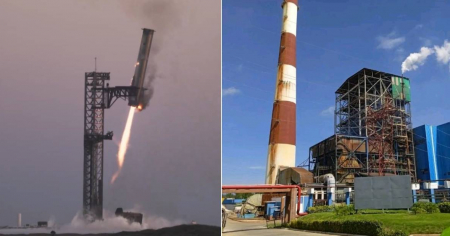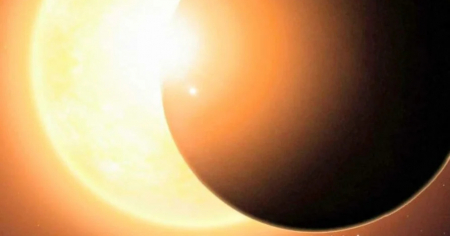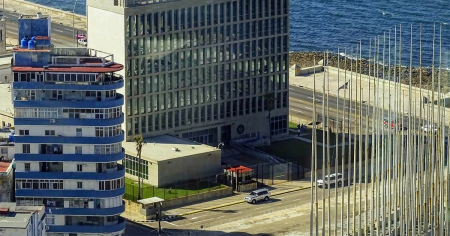The launch this Friday from Cape Canaveral of a SpaceX Falcon 9 rocket carrying 23 Starlink satellites was visible from various cities in Florida as well as from some areas of Cuban territory, particularly in the eastern part of the country.
"Elon playing with his toy again," humorously stated the popular Instagram profile Only in Dade, alongside a video featuring the iconic soundtrack from the science fiction series The X-Files.
The phenomenon was visible from Hialeah, Miami, and many other cities in the state.
"Social media users reported yesterday seeing a trail of light in various locations in eastern Cuba during the night," noted the Cuban magazine Juventud Técnica on social media.

The publication that accompanied the news of striking photos taken from Gibara specified that what was observed in Cuba was the second stage of the process.
The first stage of the Falcon 9 returned to Earth about 8.5 minutes after launch, as expected, landing on SpaceX's unmanned ship A Shortfall of Gravitas, which was stationed in the Atlantic Ocean.
It was the 21st launch and landing of this particular booster, according to SpaceX's mission description.
Although there have been several instances since 2018 when the phenomenon has been visible to residents in Florida and Cuba, it never fails to amaze.
It is a reality that the close geographical proximity of Cuba and Florida allows them to share not only feared hurricanes but also more pleasant and striking phenomena such as the SpaceX launch trail or the unusual northern lights from last week.
Since obtaining the original license to operate the first-generation Starlink network, SpaceX has launched thousands of satellites since 2018 and provides high-speed internet to over a million locations worldwide, according to the company founded by the magnate Elon Musk.
According to Space.com, the company has permission to launch 12,000 satellites but has requested approval from an international regulator to launch up to 30,000 additional ones.
The company explains that while most internet services come from satellites orbiting at about 35,000 kilometers, the Starlink constellation is much closer to the Earth, at around 550 kilometers. This proximity allows for reduced latency in the time it takes for data to travel to and from the user and the satellite.
Filed under:






